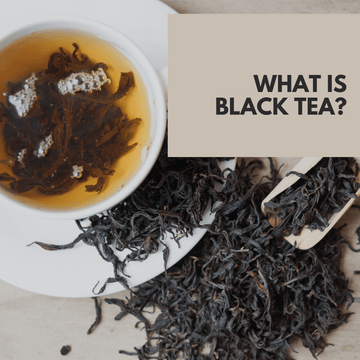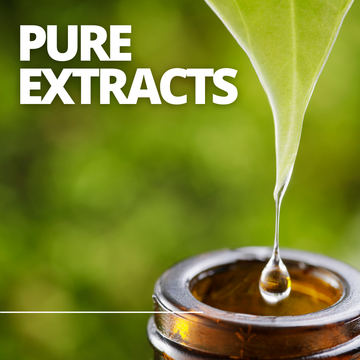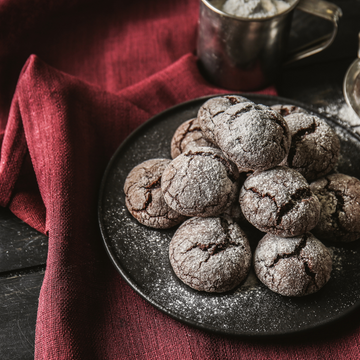
Black tea is a type of tea that is more oxidized than green, white, and oolong teas. It is made from the leaves of the Camellia sinensis plant, just like these other tea varieties, but the processing method sets it apart. Here's an overview of how black tea is made:
-
Harvesting: The tea leaves are plucked from the Camellia sinensis plant. The specific type of tea and the timing of the harvest can affect the flavor and characteristics of the final product.
-
Withering: After harvesting, the tea leaves are spread out to wither. This step involves allowing the leaves to lose moisture and become more pliable.
-
Rolling: The withered leaves are then rolled or twisted, which can help break down the cell walls and release enzymes. Rolling can also shape the leaves into the desired form, typically small, rolled particles.
-
Oxidation: This is the key step that differentiates black tea from other types of tea. The rolled tea leaves are allowed to oxidize in a controlled environment with exposure to air. Oxidation causes chemical changes in the leaves, turning them from green to dark brown or black and developing the characteristic flavor and aroma of black tea.
-
Firing or Drying: Once the desired level of oxidation is achieved, the tea leaves are fired or dried to halt the oxidation process. This step sets the final flavor and aroma of the tea.
-
Sorting and Grading: The dried leaves are sorted based on size and quality. Different grades of black tea are produced based on these criteria.
-
Packaging: The sorted tea leaves are packaged for distribution and consumption.
Black tea comes in various flavors and aromas, depending on factors such as the specific tea plant variety, growing region, and processing techniques. Some popular varieties of black tea include Assam, Darjeeling, Earl Grey, English Breakfast, and Ceylon tea, among others.
Black tea is known for its robust flavor, which can range from malty and sweet to brisk and astringent. It is often enjoyed with or without milk and can be sweetened with sugar or honey according to personal preference. It's one of the most widely consumed types of tea globally and is a staple in many cultures.





